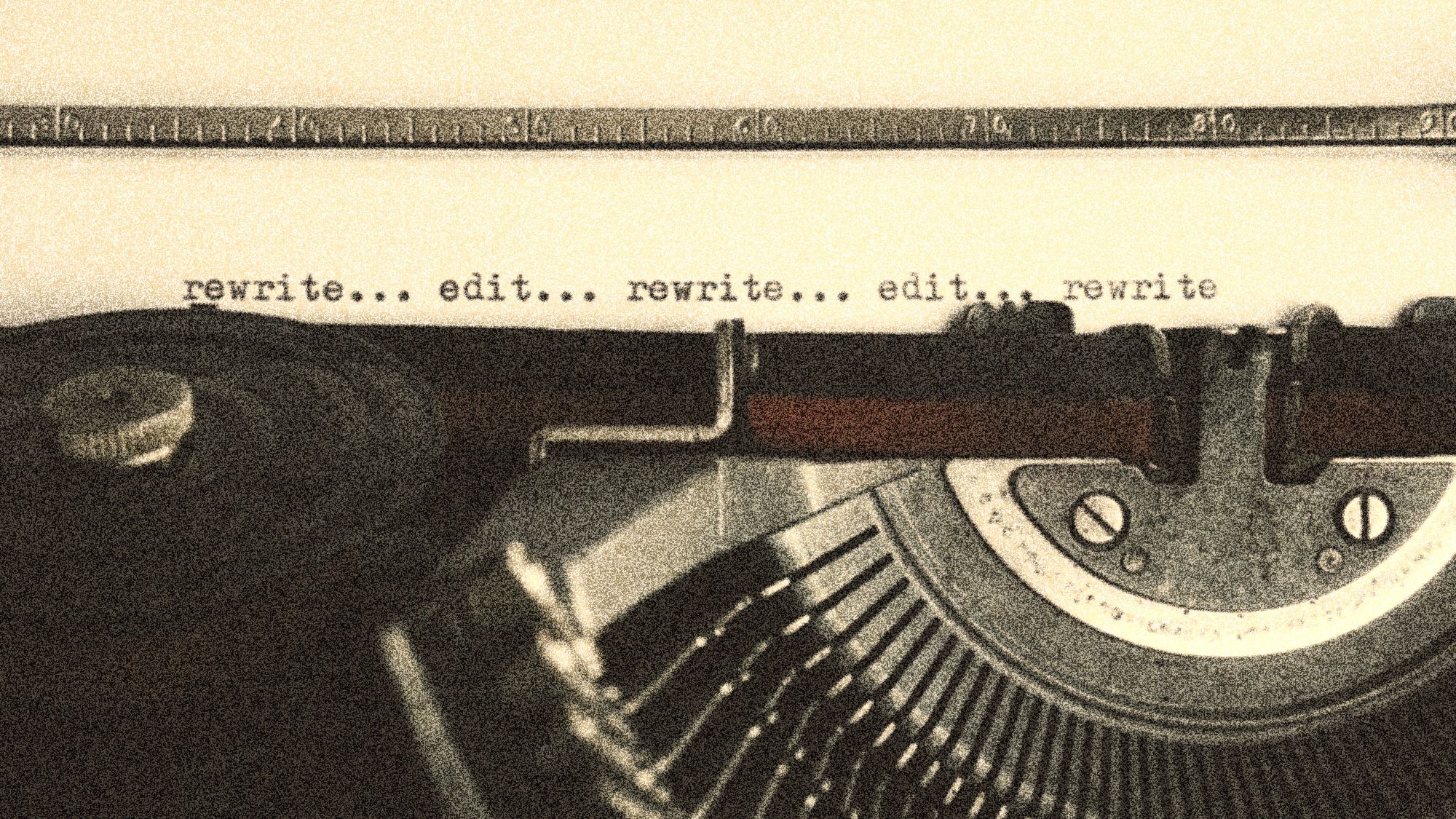
The Right to Re-Write
One of my favorite movies to watch and read is The Apartment by Billy Wilder and I.A.L. Diamond. Every word on the page holds equal weight. Every action that is written adds to the chain of events that follow.
I ask, how does one get their body of work to be an icon of scripted perfection?
So I did some digging and found out that the script for The Apartment had been rewritten 30 times. Let’s take that in again. One body of work rewritten 30 times. This makes sense as to why this script has stood the test of time as one of the top screenplays in cinema history.
Learning this information about the screenplay, The Apartment, is when I fell in love with my right to rewrite.
Yes, it is orgasmic to type FADE OUT on your first draft. There is a feeling of accomplishment unparalleled to any other. But then you take time away from the project. You go back and read what was written. Some scenes you applaud as awesome splendor. Other scenes, you scrunch your face, doubting if writing is a career you should be pursuing. You notice multiple repeated beats. You ponder if you’ve strayed away from your character’s wants, needs, and life dream. Pretty much, most first drafts become the bane of one’s creative existence.
Well, this is when I tell myself, “Jamil! You have the right to rewrite!” Yes, I literally tell myself this to combat the perfectionism that often haunts my over-active brain. It reminds me that rewriting is where my story takes shape and form. It sheds light on the reality that rewriting provides me more time to live in the amazing world, with my characters who stem from my own life’s passions.
Now, my process of rewriting for each project and each draft varies depending on what needs the most work. One resource that I resort to as I embark upon rewriting is the book Your Screenplay SUCKS! 100 Ways to Make it Great by William M. Akers.
As someone who has an undergrad degree in Integrative Biology, rewriting gives me the rush of being a mad scientist in my writing lab. It takes me back to the days of receiving an organic chemistry problem and going through the process of deducing the crux of the problem and struggling with that problem until arriving upon a solution.
Like the scientific method starting with a hypothesis, I always start with asking questions of my script to come up with where I need to focus for a rewrite. The areas in which I dig deeper are plot, character, and character relationships. I’m one who loves graphs and charts, so I make a graph that maps out the plot, based on what I’ve written to see if the plot line has logical causality steeped with logical surprise and plot twist. I also make a character chart to see what we learn about each character as we follow them through the body of work. Lastly, I make a character relationship diagram to see what we learn about the relationships, where conflict is at its best, and what relationships are most developed.
Yep, this is my process for every rewrite.
In going through this process, I often find where there are holes in the story and restructure my story beats to fill in the gaps. Now, I must admit. This part is painful at time because I must detach and be OK with, as the adage says, killing my babies. In rewriting, I’ve literally cried, cursed, and protested, pressing delete on a scene or a line of dialogue. But you have to remember, you have every draft saved so if anything you’ve reworked works better in a previous draft, you can always resurrect a dead scene. HALLELUJAH!
A professor told me there is a reason why we call this a screenplay—because you are supposed to play on the screen. As a screenwriter, we are supposed to play on the page. The fun part of screen-playing is having the ability to play over and over and over again in the rewrite process. So, to look at rewriting as playing shifts it from pain to pleasure.
Well, most times it does.
Iconic work rarely if ever happens in one, two, or three drafts. If seasoned writers such as Billy Wilder and I.A.L. Diamond saw it fit to do 30 rewrites of The Apartment, then it is safe to say there is a blessing for us Pipeline Artists in the rewrite process.
The right to re-write is a gift.
*Feature photo by Suzy Hazelwood (Pexels)

